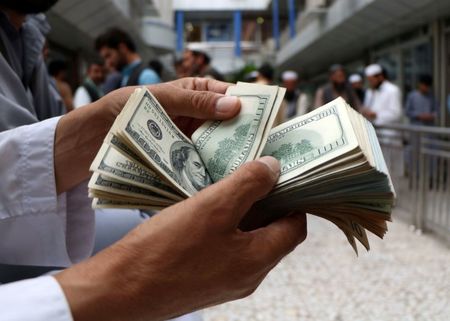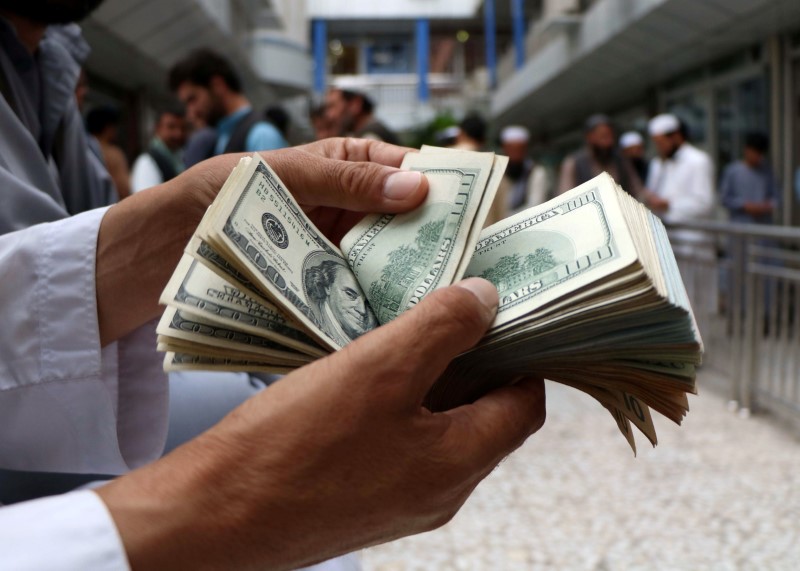Forex
Dollar holds near 10-month high, yen under pressure amid strong U.S. economic data


© Reuters.
The U.S. dollar held its position near a 10-month high against a basket of major currencies on Thursday. The dollar’s strength was buoyed by optimistic U.S. economic data and anticipatory remarks from Federal Reserve officials. The , which measures the greenback against other major currencies, hovered around 106.58 after hitting an overnight peak of 106.84, its highest level since November 30.
Federal Reserve Bank of Minneapolis President Neel Kashkari and several other Fed voices cautioned markets on Wednesday about the possibility of more hikes due to ongoing economic strength in the U.S. This cautionary tone coincides with surprising strength in recent U.S. economic data that defies investor expectations for a slowdown.
“We are probably seeing a reacceleration in economic activity,” said Kyle Rodda, senior financial market analyst at Capital.com, addressing earlier fears of a potential recession in the U.S. This resurgence in activity has also propelled U.S. yields upward, with the benchmark 10-year yields reaching a fresh top of 4.462% overnight, their highest level since October 2007.
The dollar/yen pair, particularly sensitive to changes in long-term U.S. Treasury yields, especially at the 10-year maturity, remained a focus for investors. The yen last sat at 149.48, slightly off from Wednesday’s fresh 11-month low of 149.71 but still uncomfortably close to the psychological level of 150 per dollar, a mark seen by markets as a potential trigger for intervention by Japanese authorities.
The Japanese currency has been further squeezed by a surge in oil prices, which marked their highest settlement in 2023 on Wednesday following a steep drop in stocks and concerns over tight global supplies.
In other currency news, the euro was off from Wednesday’s low of $1.04880, its lowest level since January 6, while the British pound held just above its lowest level since March 17. The Australian dollar also felt the pressure of higher U.S. rates, hovering close to $0.6357 against the greenback after falling as low as $0.63320 overnight.
Fed Chair Jerome Powell is scheduled to speak later on Thursday, providing markets with further insight into the future path of U.S. monetary policy. Australian retail data set for release later today will also be under scrutiny.
This article was generated with the support of AI and reviewed by an editor. For more information see our T&C.

 Forex3 years ago
Forex3 years agoForex Today: the dollar is gaining strength amid gloomy sentiment at the start of the Fed’s week

 Forex3 years ago
Forex3 years agoUnbiased review of Pocket Option broker

 Forex3 years ago
Forex3 years agoDollar to pound sterling exchange rate today: Pound plummeted to its lowest since 1985

 Forex3 years ago
Forex3 years agoHow is the Australian dollar doing today?

 Cryptocurrency3 years ago
Cryptocurrency3 years agoWhat happened in the crypto market – current events today

 World3 years ago
World3 years agoWhy are modern video games an art form?

 Commodities3 years ago
Commodities3 years agoCopper continues to fall in price on expectations of lower demand in China

 Economy3 years ago
Economy3 years agoCrude oil tankers double in price due to EU anti-Russian sanctions





















